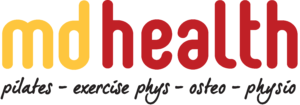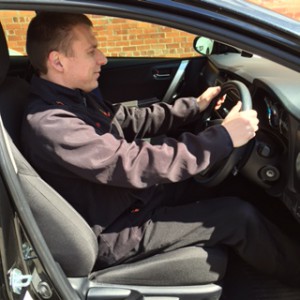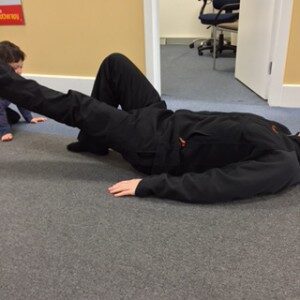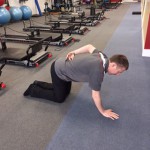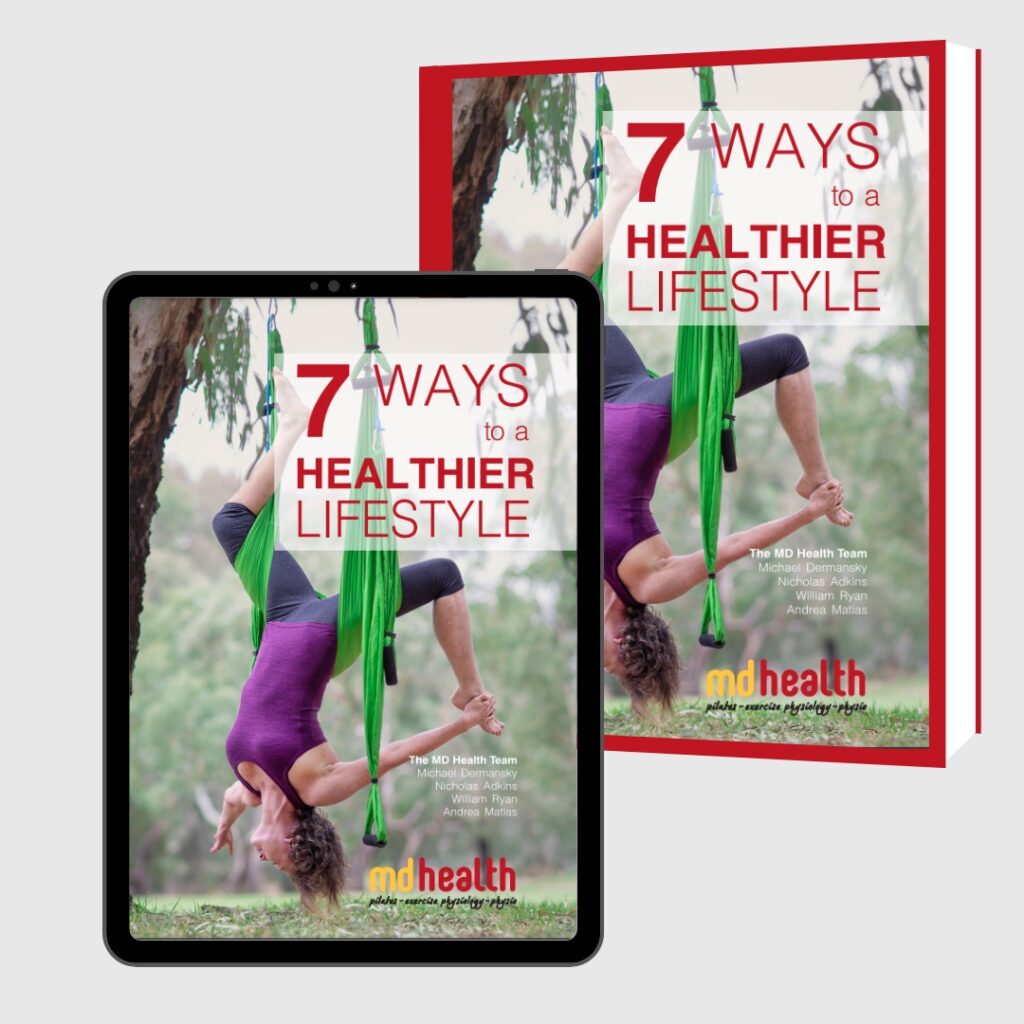Most of us spend an average of two hours in our cars, driving everyday to work, dropping the kids to school or sport and just doing everyday errands.
Our backs are in a slumped position for that time, our neck is pushed forward so that the muscles fatigue around the neck and shoulder after a short period and our mid back becomes stiff and sore.
Although we can’t change the amount of time we spend in the car, we can do a few exercises to minimise the pressure on the neck, mid and lower back by keeping the muscles strong and the joints mobile in these areas. So, how do you minimise neck pain when driving?
Here are my top 5 exercises to try when in and out of the car:
1) Upper Trapezius Activation – This muscle is a very important muscle to help support the neck and upper body posture as the major stabiliser of the shoulder blades and upper body. Sitting in the car for a prolonged period can fatigue this muscle, so reminding it to activate and work can help reduce pressure on the neck and shoulders.
- Sitting with your hands on the steering wheel, bring your shoulder blades back and up a little bit.
- Hold this position for 3 seconds.
- Repeat this 10 times.
2) Bow and Arrow for the Upper Back – Stiffness in the upper back (thoracic spine) is very common after prolonged driving and increases the load in the facet joints of the neck affecting your posture. This can be reduced with simple bow and arrow stretch to reduce thoracic stiffness which can also be performed in the car.
- Sitting up as straight as possible, with your arms out in front, on top of the steering wheel.
- Pull one arm down by your side at shoulder height and twist your upper back with you until your elbow touches the seat.
- Return to the starting position with your arms in front of you.
- Repeat this 10 times per side.
3) Direct Activation of Your Rotator Cuff Muscles – Sitting directly on your shoulder blades, your rotator cuff muscle hold the shoulder in the correct position, especially when typing or using a mouse. These muscles become weaker and tighter with prolonged sitting in the car and need to be trained.
- Sitting with your arms by your side, with your elbow by your side, bent at 90 deg.
- Place your hands on the inside of the steering wheel.
- Activate your upper trapezius first by bringing your shoulder blades back and up a bit.
- Push your hand against the inside of the steering wheel to activate your rotator cuff muscles.
- Hold for 3 seconds, then repeat 10 times per side.
4) Single Leg Bridging to Activate Your Gluteus Maximus Muscle – This exercise, working on the gluteus maximus muscle (buttock muscle) is very important because weakness in this muscle means it is harder to sit up straight when driving, which changes the posture of the mid back and neck, majority affecting neck pain. This muscle will need to be worked when out of the car, either at home or when you arrive at work.
- Lie on your back with your knees bent.
- Raise one leg in the air, this will be the starting position.
- Lift your bottom into the air to bring your body to straight.
- Hold for 3 seconds, then lower your body down.
- Repeat 10 times per side
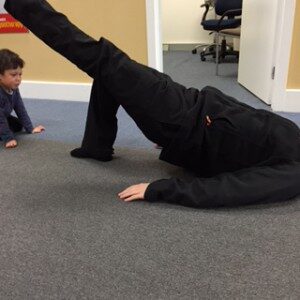
5) Multifidus Muscle Strength (Direct Back Control Muscle) – Again, this muscle is important for direct control of the lumbar spine, but will also need to be exercised when out of the car.
- Start on all fours.
- Maintain a smaller arch in the back and squeeze your lower back muscles together (you should feel a sensation of the lower back muscles pushing towards the midline).
- Maintaining this contraction, lift your leg straight back up in the air.
- Hold for 3 sec and lower the leg down.
- Repeat 10 times per leg.
If you want more information or have any questions about exercise:
- Comment below!
- Call us on (03) 9857 0644 or (07) 3505 1494 (Paddington)
- Email us at admin@mdhealth.com.au
- Check out our other blog posts here
Our staff would be happy to have chat if you have any questions.
